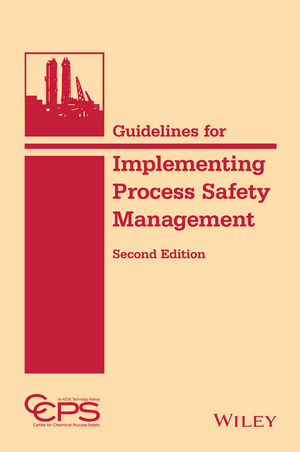Two refineries owned by oil giant BP account for 97 percent of all flagrant violations found in the refining industry by government safety inspectors over the past three years, according to a Center for Public Integrity analysis published this week.
Most of BP’s citations were classified as “egregious willful” by OSHA and reflect alleged violations of a rule designed to prevent catastrophic events at refineries, according to the report.
BP is battling a massive oil well spill in the Gulf of Mexico after an April 20 platform blast that killed 11 workers. The firm has been under intense OSHA scrutiny since its refinery in Texas City, Texas, exploded in March 2005, killing 15 workers. While continuing its probe in Texas City, OSHA launched a nationwide refinery inspection program in June 2007 in response to a series of fires, explosions and chemical releases throughout the industry.
Refinery inspection data obtained by the Center under the Freedom of Information Act for OSHA’s nationwide program and for the parallel Texas City inspection show that BP received a total of 862 citations between June 2007 and February 2010 for alleged violations at its refineries in Texas City and Toledo, Ohio.
Of those, 760 were classified as “egregious willful” and 69 were classified as “willful.” Thirty of the BP citations were deemed “serious” and three were unclassified.
Virtually all of the citations were for alleged violations of OSHA’s process safety management standard, a sweeping rule governing everything from storage of flammable liquids to emergency shutdown systems.
BP accounted for 829 of the 851 willful violations among all refiners cited by OSHA during the period analyzed by the Center.
Top OSHA officials told the Center in an interview that BP was cited for more egregious willful violations than other refiners because it failed to correct the types of problems that led to the 2005 Texas City accident even after OSHA pointed them out. In Toledo, problems were corrected in one part of the refinery but went unaddressed in another. Jordan Barab, deputy assistant secretary of labor for occupational safety and health, said it was clear that BP “didn’t go nearly far enough” to correct deficiencies after the 2005 blast.
“The only thing you can conclude is that BP has a serious, systemic safety problem in their company,” Barab said.
The head of OSHA, David Michaels, said the safety problems aren’t limited to BP. “We are very concerned about the commitment of the refining industry to worker health and safety,” he said.
BP officials did not respond to requests for comment about the OSHA data.
No other oil company inspected by OSHA since June 2007 was even close to BP in the number of citations issued, according to the report. Sunoco Inc. was cited for 127 alleged violations, eight of which were willful. ConocoPhillips Co. was cited for 119, four of which were willful, and Citgo Petroleum Corp. for 101, two of which were willful, the Center’s analysis revealed.
According to the Center’s report, under the nationwide program, OSHA has finished inspecting, or is in the process of inspecting, 55 refineries under federal OSHA jurisdiction, with 12 left to inspect. Another 23 U.S. refineries are exempted because they participate in OSHA’s Voluntary Protection Program. Some inspections were performed by regulators in states such as Washington and California, which have their own worker safety programs. There are 55 refineries in these states.
According to the Center’s report, in a letter to refinery managers last year, OSHA’s enforcement director, Richard Fairfax, wrote that in the previous 15 years, the refining industry had recorded “more fatal or catastrophic incidents related to the release of highly hazardous chemicals ... than any other industry sector covered by the [process safety management] standard.” OSHA inspectors, Fairfax wrote, were finding “many of the same problems repeatedly.”
Kim Nibarger, a health and safety specialist with the Steelworkers, told the Center many of the problems in the industry can be traced to growing intervals between refinery “turnarounds,” when equipment is taken offline for cleaning, repair or replacement. Not long ago, Nibarger said, turnarounds were scheduled every two to three years. Now, as oil companies try to cut costs, it’s every three to five years.
Gregory Scott, executive vice president of the National Petrochemical & Refiners Association, defended the industry. “Safety is the highest priority at our member plants,” he told the Center.
OSHA’s Barab told the Center the refining industry group continues to treat calamities like those in Texas City and Anacortes as isolated incidents. Refiners also point misleadingly to their industry’s relatively low “recordable” illness and injury rates, which he says are not reliable predictors of catastrophic incidents. Federal law requires employers to record and report all occupational deaths, injuries, and illnesses.
“BP had a very low recordable injury and illness rate before they blew up the [Texas City] plant,” Barab said. If the industry persists in using such rates as a measure of overall safety, he said, “It’s hard to take their commitment seriously.”
Report: Two BP refineries account for 97 percent of willful violations in refining industry since 2007 (5/19)
Looking for a reprint of this article?
From high-res PDFs to custom plaques, order your copy today!



